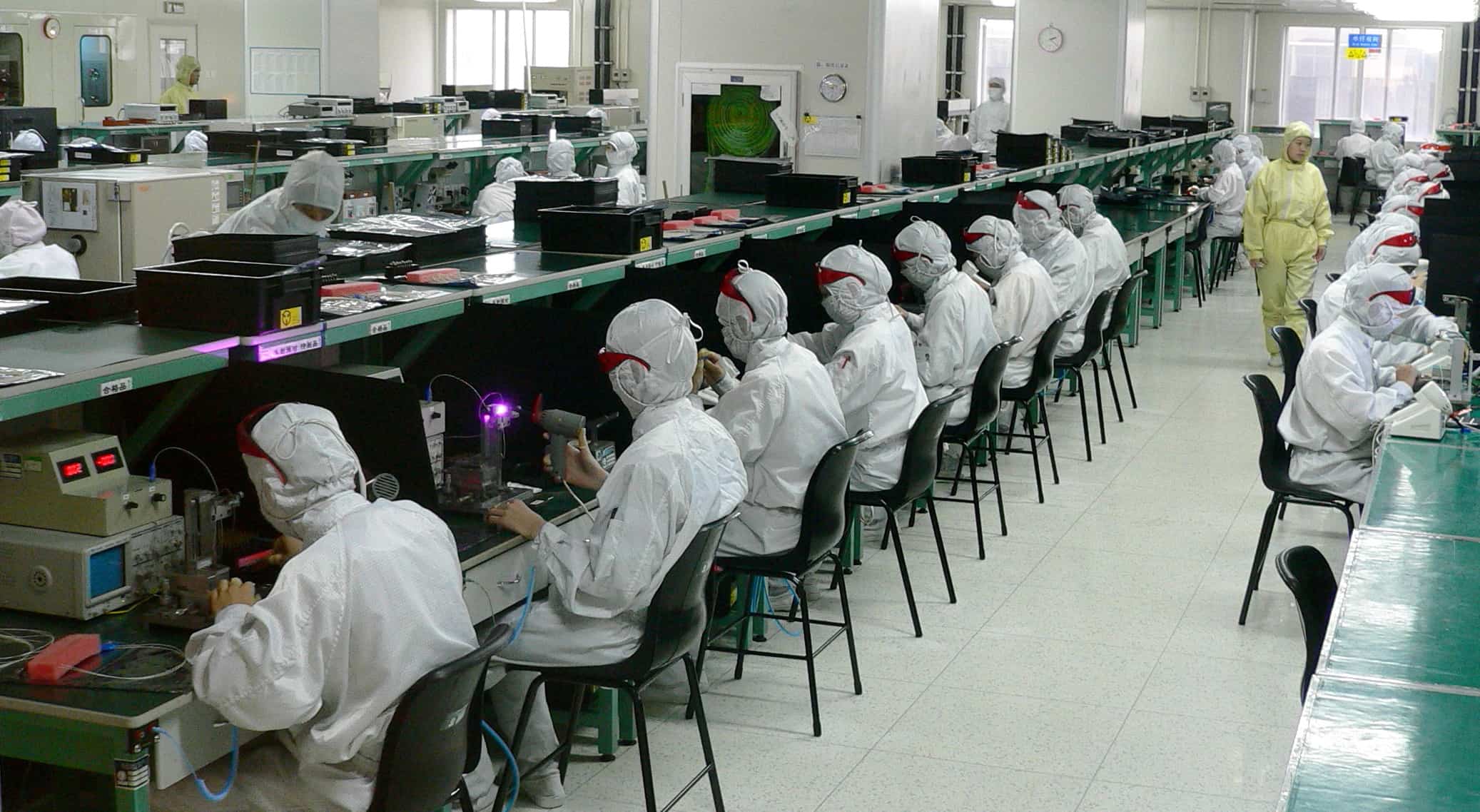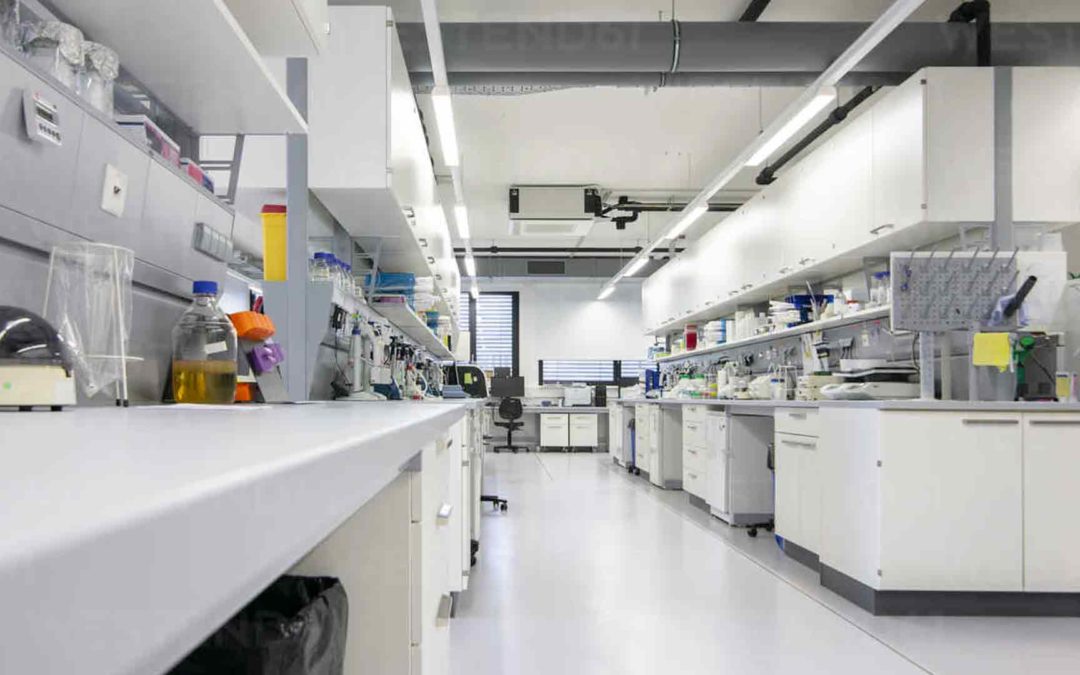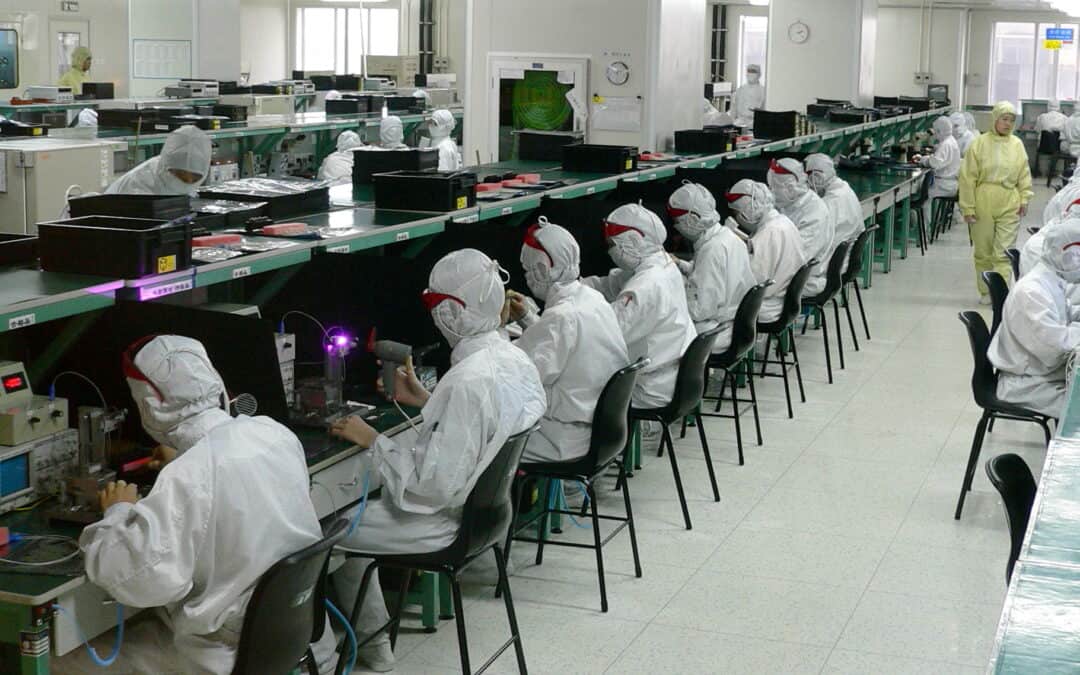Commercial dehumidifiers are crucial for maintaining optimal indoor air quality and comfort in various business environments, from warehouses and manufacturing plants to retail spaces and office buildings. Proper maintenance not only ensures the longevity of these systems but also maximizes their efficiency and reliability. This article outlines essential maintenance best practices for commercial dehumidifiers and provides guidance on troubleshooting some of the most common issues.
Maintenance Best Practices
Regular Cleaning
Frequency and Method: Clean the dehumidifier’s filters, coils, and exhaust grilles every month or as recommended by the manufacturer. Use a vacuum to remove dust and debris and a soft cloth dampened with a mild detergent for more thorough cleaning.
Benefits: Prevents airflow blockages and maintains efficiency, reducing energy consumption and wear on the system.
Check and Clear the Drain System
Frequency and Method: Inspect the drain system regularly to ensure it is not clogged. Flush the system with water or use a plumber’s snake if necessary to remove blockages.
Benefits: Prevents water build-up within the unit, which can lead to overflow and water damage around the dehumidifier.
Inspect and Replace Components as Needed
Frequency and Method: Regularly check components such as the compressor, fan, and humidistat for wear and functionality. Refer to the manufacturer’s guidelines for specific checks and replace parts as necessary.
Benefits: Avoids unexpected failures and ensures the dehumidifier operates at peak performance.
Monitor Performance
Frequency and Method: Keep an eye on the dehumidifier’s performance, particularly its ability to maintain the desired humidity level. Use a hygrometer to verify the unit’s readings.
Benefits: Early detection of performance issues can prompt timely maintenance, preventing more serious problems.
Troubleshooting Common Issues
Dehumidifier Not Starting
Potential Causes and Fixes:
- Tripped Circuit Breaker or Blown Fuse: Reset the breaker or replace the fuse.
- Faulty Humidistat: Test and replace the humidistat if it fails to trigger the dehumidifier.
Insufficient Dehumidifying
Potential Causes and Fixes:
- Dirty Filter or Coils: Clean the filter and coils to ensure proper air flow.
- Incorrect Settings: Check the humidistat settings and adjust them for lower humidity.
- Capacity Too Low: Ensure the dehumidifier’s capacity is appropriate for the size and conditions of the space.
Ice Forming on Coils
Potential Causes and Fixes:
- Low Room Temperature: If the room temperature is too low, consider using a dehumidifier designed for lower temperatures.
- Airflow Restriction: Clean the filter and coils to improve airflow.
Unusual Noises
Potential Causes and Fixes:
- Loose Components: Tighten any loose screws or components.
- Damaged Fan Blades: Inspect and replace if fan blades are bent or damaged.
Water Leaks
Potential Causes and Fixes:
- Clogged Drain Hose: Inspect and clean the hose to ensure water can flow freely.
- Misalignment of Water Collection System: Check that the collection bucket or system is correctly aligned and functioning.
Conclusion
Regular maintenance and timely troubleshooting are key to ensuring that your commercial dehumidifier operates efficiently, effectively, and safely. By adhering to the outlined best practices and addressing common issues promptly, businesses can significantly extend the lifespan of their dehumidifiers and maintain a comfortable, healthy indoor environment. Remember, consulting the user manual provided by the manufacturer and engaging professional services when necessary are also critical steps in maintaining and troubleshooting commercial dehumidifiers.





